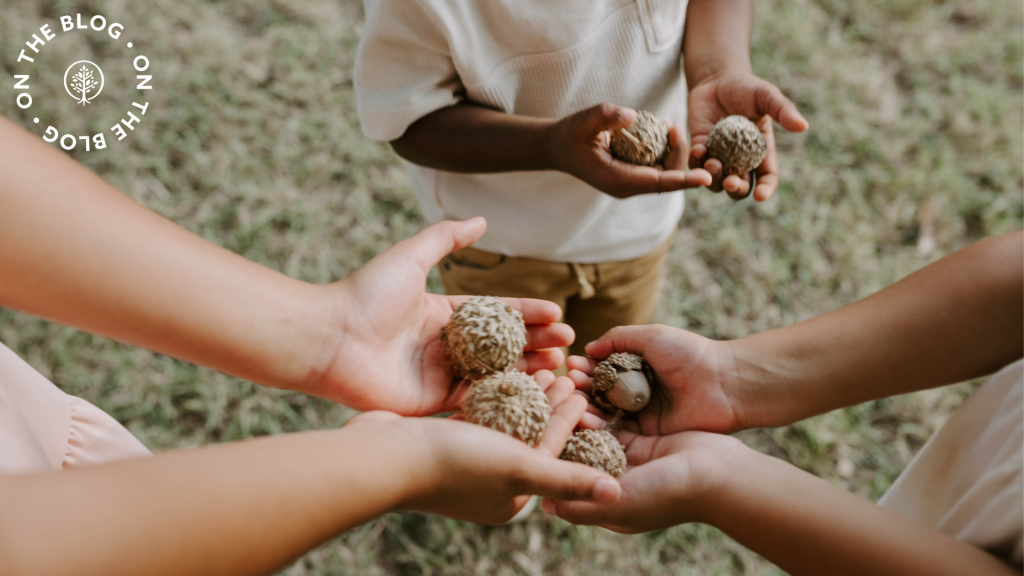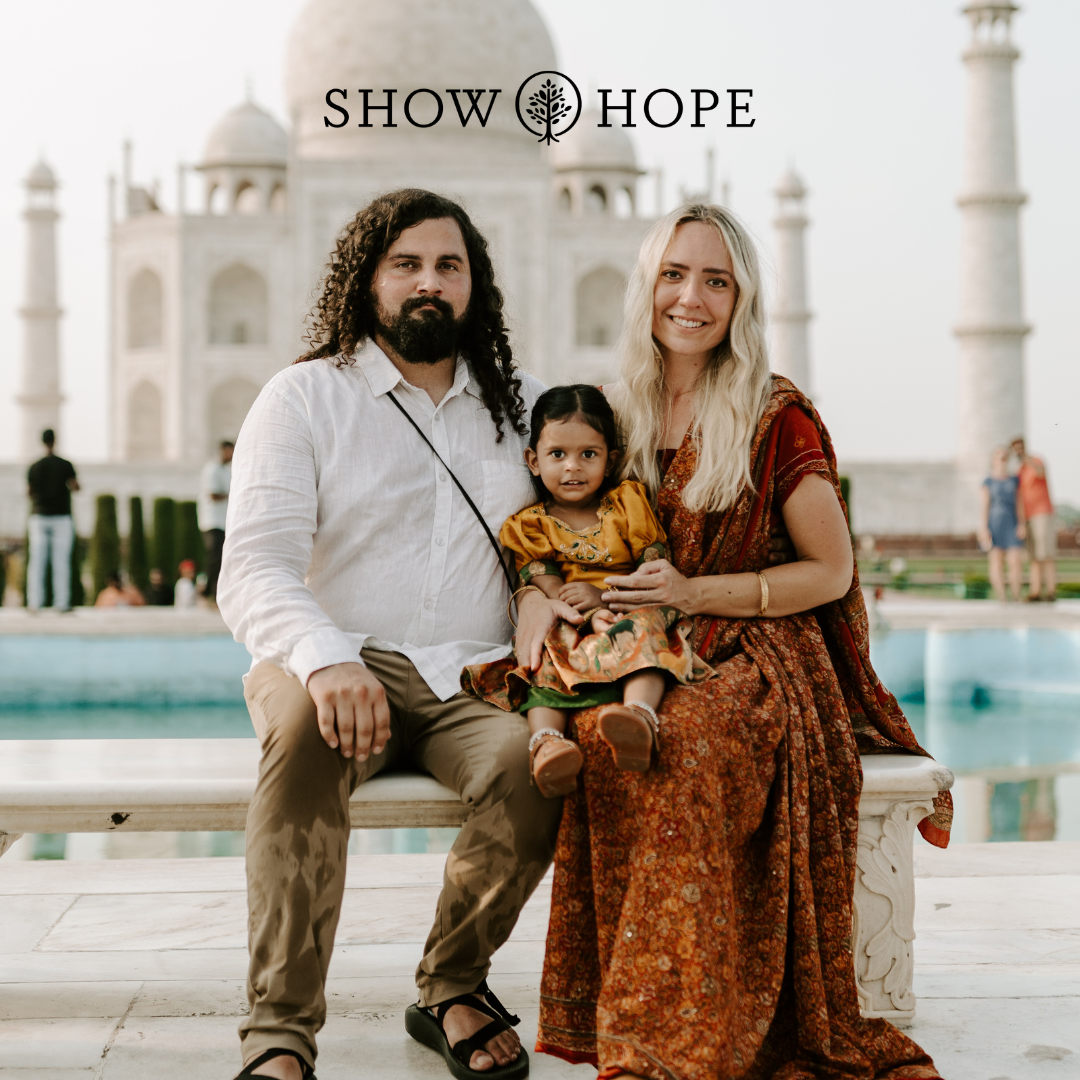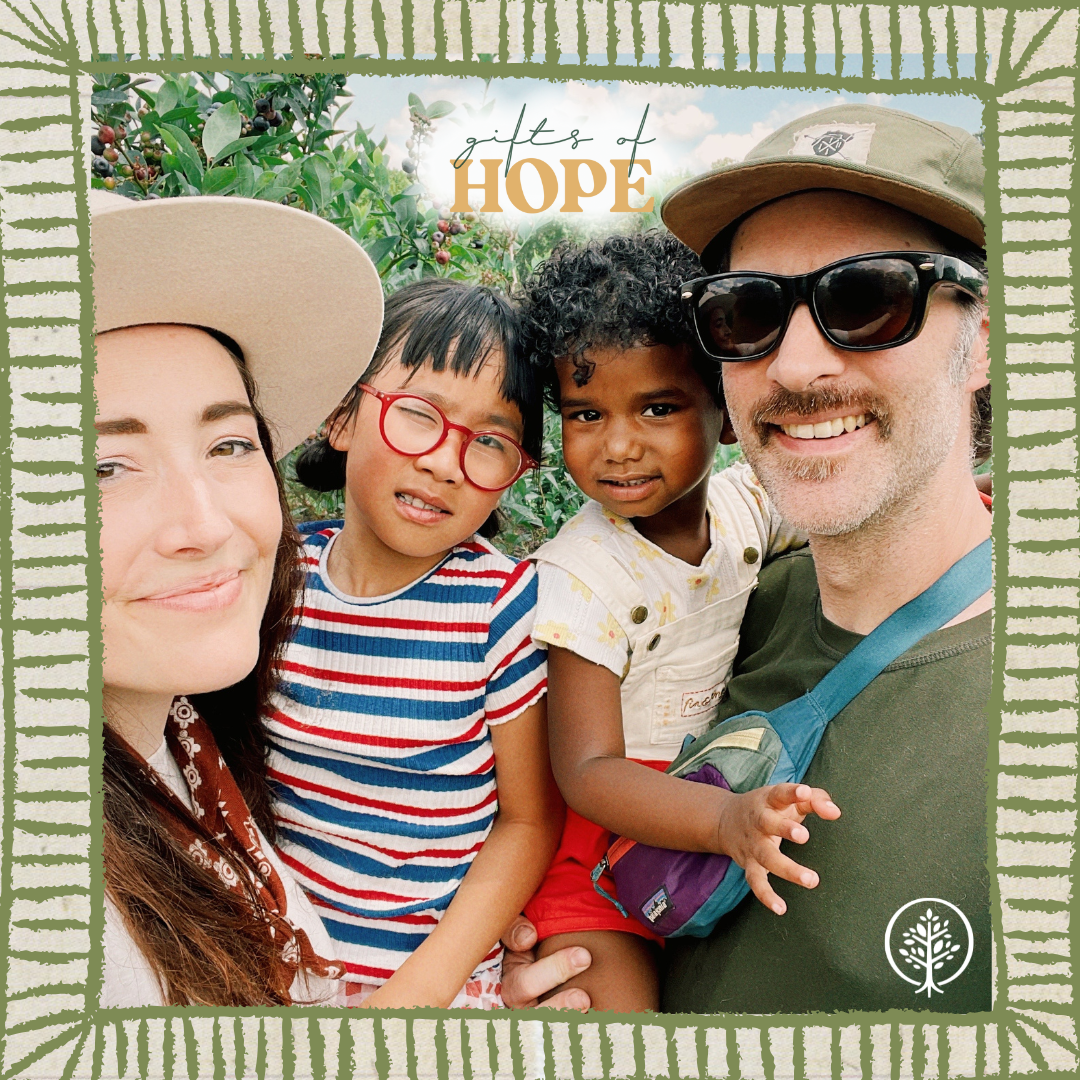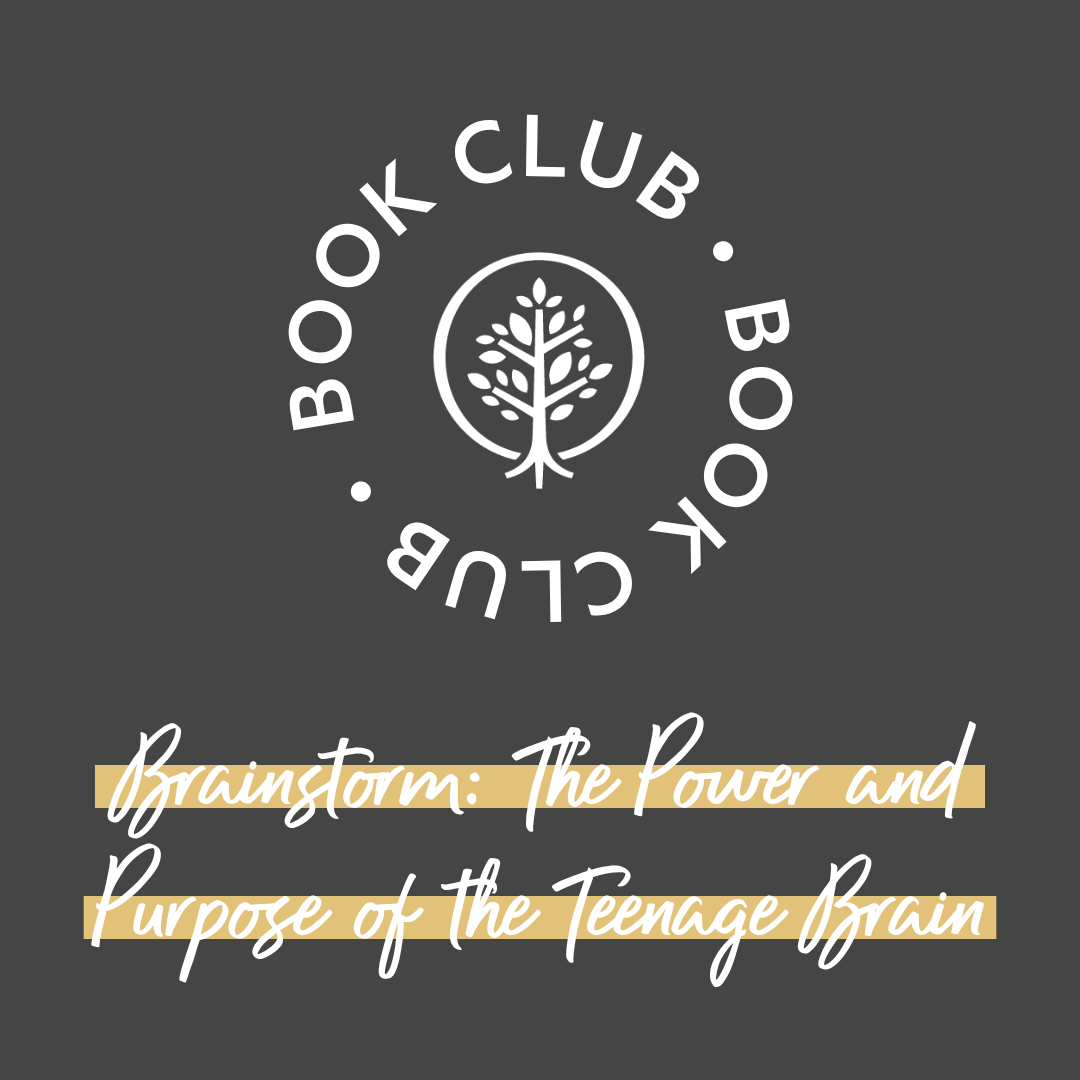Transracial Adoption: Love Is Just the Beginning

In her book, “It Takes More Than Love,” author and adoptive mom Brittany Salmon writes, “Parenting transracially doesn’t come naturally, nor does it just happen with time. It takes intentionality, listening, learning, growing, repenting, changing, and then repeating and starting over again. It is hard work and yet—it’s been one of the greatest blessings in our family’s life.”
Transracial adoption—or for some, interracial adoption—is the placement of a child of one racial or ethnic background with adoptive parents of a different racial or ethnic background. Much has been written and shared about transracial adoption, from both a child’s and parents’ perspectives. And yes, some of what has been shared is positive, while some of it is negative. Without a doubt, adoption is complex and challenging, and when you factor in differing races and cultures, those complexities and challenges can be magnified. But as Brittany Salmon points out, there is hope.
The following, from the National Council for Adoption, are some thoughts to consider for families who are transracial.
- Parents should consider the importance of openness surrounding their child’s birth family narrative. In doing so, parents foster a safe space for their children to be emotionally vulnerable and ask questions as they arise.
- Parents should connect with their child or teen in making efforts to preserve their racial and/or cultural heritage, whether through storytelling at bedtime, cooking traditional meals together as a family, enrolling in language classes at a community center, and so forth.
- Children can benefit from having role models in their lives who look like them. As children and teens begin to understand more about themselves, their passions, and their future hopes and dreams, having adults who they resemble will be helpful and beneficial.
- Parents should recognize that their child’s experiences in the world will likely differ from their own. Creating a safe environment to have discussions around their experiences is crucial.
- Adoption professionals should acknowledge the grief and loss associated with adoption and the ways it can manifest in children and teens. Further training should be pursued by both professionals and parents.
To close, we want to leave you with some words Brittany Salmon shares in the final chapter of “It Takes More Than Love.”
“Although it takes more than love, love is still our guide. It is the firm foundation from which we build our families. It is what sustains us when we’re tired from the journey. Love covers a multitude of sins. Love protects, it trusts, it hopes. Scripture tells us that God is love, and that Love came down and dwelt among us so that we could experience redemption. … the hard [of adoption] doesn’t negate the beauty in adoption because, when done well, adoption can bring good out of brokenness.”




